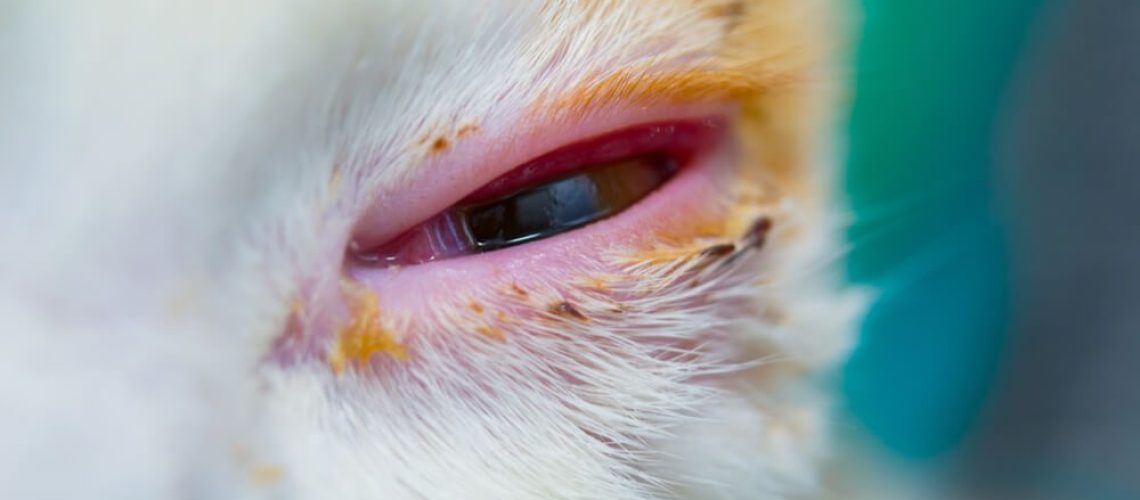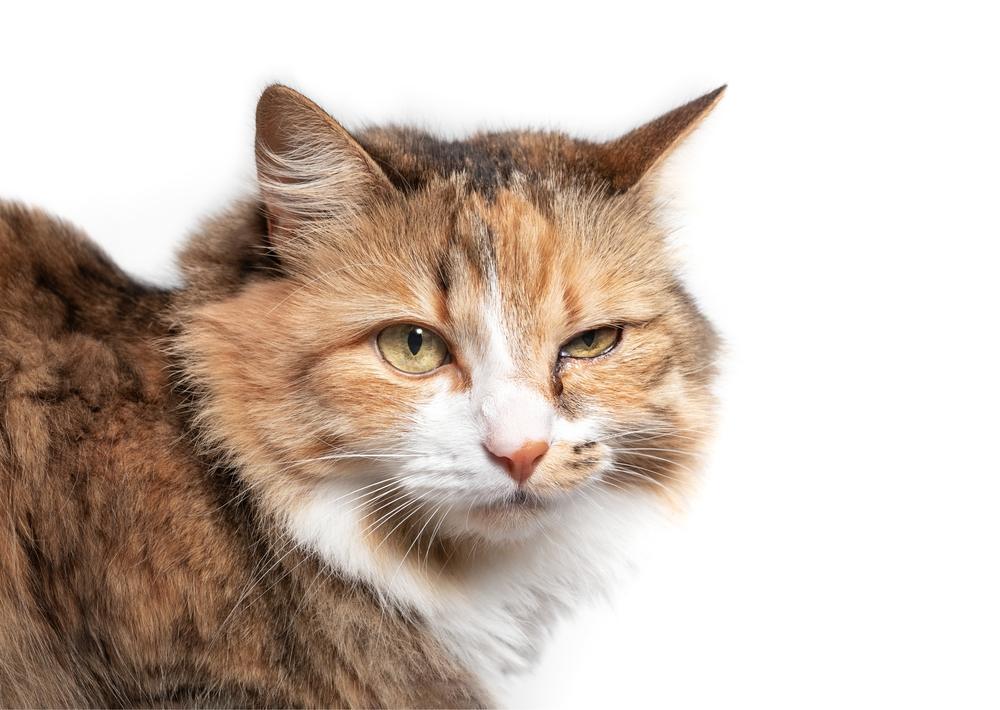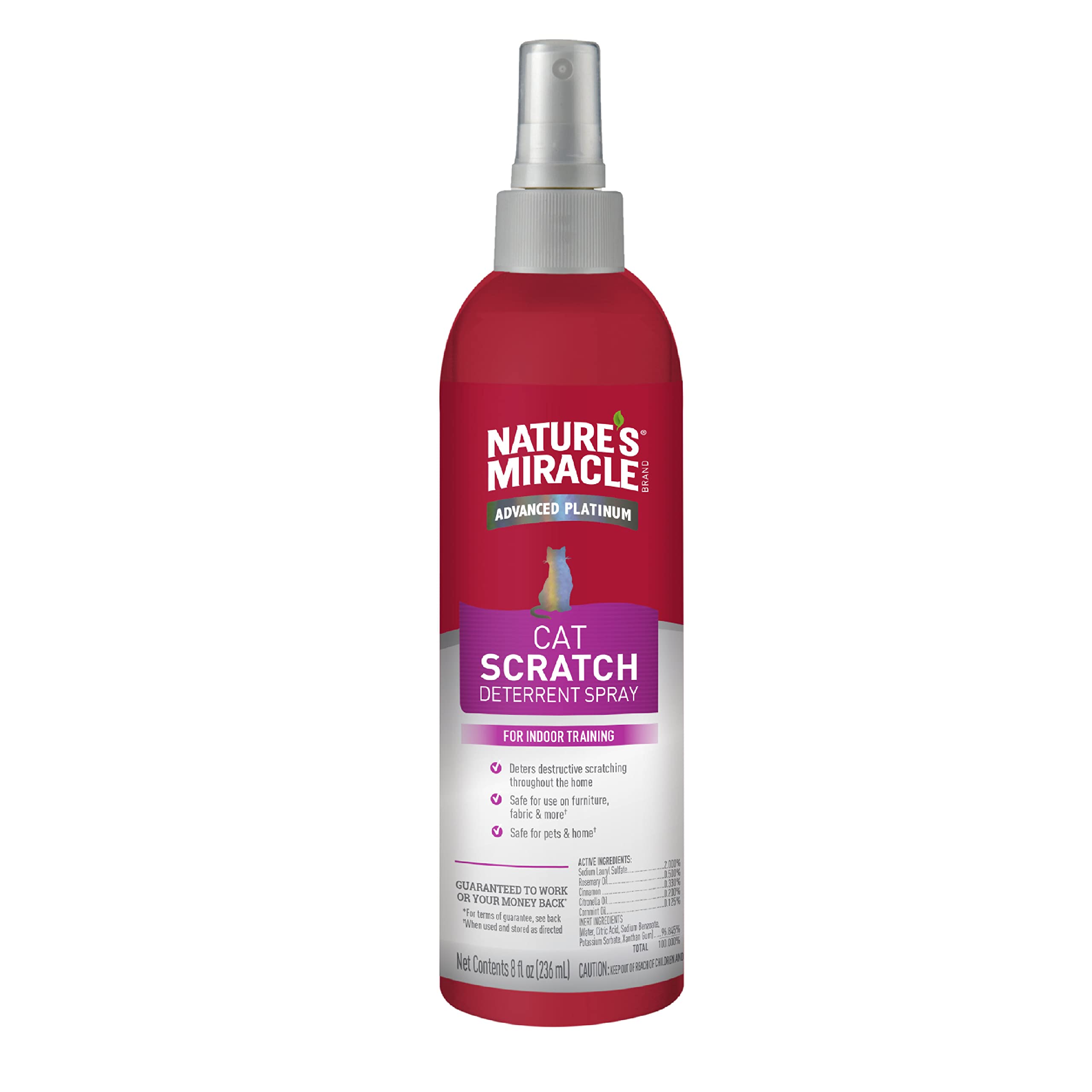Are you a cat lover? Do you want to ensure your furry friend is always happy and healthy? Then, my friend, you've come to the right place. Today, we're diving into the fascinating world of conjunctivitis in cats. Now, I know what you might be thinking – "Why should I care about this topic?" Well, let me tell you why understanding conjunctivitis is essential for every cat owner out there.
Imagine this: your beloved feline companion wakes up one morning with red, swollen eyes and a constant urge to scratch them. It's heartbreaking to see them in discomfort, right? Conjunctivitis, or pink eye as it's commonly known, is one of the most common eye infections in cats. By delving into this subject, you'll gain valuable insights on how to identify and treat conjunctivitis early on, ensuring your furball's well-being.
But that's not all! Did you know that conjunctivitis can sometimes be a sign of an underlying health issue? Yes, it's true! By learning about this condition and its causes, you'll become a vigilant cat parent capable of spotting potential health concerns before they escalate. Prevention is key when it comes to our furry friends' health!
Now that we understand the importance of this topic let's dig deeper into what exactly conjunctivitis is and how we can help our cats overcome it. From exploring common symptoms to discovering effective home remedies and seeking professional help when necessary – together we'll navigate the path towards clear eyes for our feline companions.
So buckle up and get ready for an eye-opening journey where knowledge meets compassion. Together, we'll ensure our cats' eyes sparkle with happiness once again!
Key Takeaways:
- Conjunctivitis in cats is a common eye condition that can cause redness, discharge, and discomfort.
- It is important to seek veterinary care if your cat shows signs of conjunctivitis, as it may be caused by an underlying infection or other health issue.
- Treatment options for conjunctivitis in cats may include topical medications, antibiotics, or anti-inflammatory drugs.
- Regular cleaning of your cat's eyes can help prevent and manage conjunctivitis by removing debris and reducing the risk of infection.
- Preventing conjunctivitis in cats involves maintaining good hygiene, keeping their living environment clean, and ensuring they receive regular vaccinations to protect against infectious causes.
Understanding Conjunctivitis in Cats: How it Affects Their Eyes
Conjunctivitis is a common eye condition that can affect cats. The conjunctiva is a thin layer of tissue that covers the white part of the eye and lines the inside of the eyelids. When this tissue becomes inflamed, it leads to conjunctivitis. This inflammation can cause redness, swelling, and discharge from the eyes.
When a cat has conjunctivitis, their eyes may appear watery or have a thick discharge. They may also squint or blink frequently due to discomfort. In some cases, the conjunctiva may become so swollen that it partially covers the eye, impairing vision.
How Does Conjunctivitis Affect Cats?
Conjunctivitis can be uncomfortable for cats and may cause them to paw at their eyes or rub their face against objects to alleviate the irritation. This can further irritate the eyes and potentially lead to corneal ulcers or other complications if left untreated.
In severe cases, conjunctivitis can affect a cat's overall well-being by causing them to lose their appetite or become lethargic. It is important to monitor your cat closely if you suspect they have conjunctivitis and seek appropriate treatment.
Listed below are some common signs of conjunctivitis in cats:
- Redness in one or both eyes
- Watery or thick discharge from the eyes
- Squinting or blinking frequently
- Rubbing their face against objects
- Pawing at their eyes
- Swollen conjunctiva partially covering the eye
Signs of Conjunctivitis in Cats: How to Tell if Your Cat Has It
Conjunctivitis, also known as pink eye, is a common eye condition that can affect cats. If you notice any of the following signs, your cat may have conjunctivitis:
- Redness and swelling around the eyes
- Watery or thick discharge from the eyes
- Squinting or excessive blinking
- Rubbing or pawing at the eyes
- Cloudiness or opacity in the affected eye(s)
If you observe these symptoms in your cat, it is important to take action promptly. Conjunctivitis can be uncomfortable for your feline friend and may lead to further complications if left untreated. By seeking veterinary care and following their recommendations, you can help alleviate your cat's discomfort and prevent any potential complications.
Common Causes of Conjunctivitis in Cats: What You Should Know
Conjunctivitis in cats can have various causes. Some common culprits include:
1. Viral Infections: Feline herpesvirus and calicivirus are two viral infections that often lead to conjunctivitis in cats.
2. Bacterial Infections: Bacteria such as Chlamydia felis and Mycoplasma can also cause conjunctivitis.
3. Allergies: Just like humans, cats can develop allergies that result in conjunctivitis. Common allergens include pollen, dust mites, and certain foods.
4. Foreign Objects: If a foreign object like a small piece of debris or an eyelash gets into your cat's eye, it can irritate the conjunctiva and lead to inflammation.
Identifying the underlying cause of conjunctivitis is crucial for effective treatment. Your veterinarian will conduct a thorough examination and may perform tests to determine the specific cause of your cat's conjunctivitis. This will help them prescribe the most appropriate treatment plan to address the root cause and alleviate your cat's symptoms.
Treating Conjunctivitis in Cats: Home Remedies and Over-the-Counter Options
When it comes to treating conjunctivitis in cats, there are several home remedies and over-the-counter options that you can try. However, it is important to note that these remedies should only be used under the guidance of a veterinarian. Some potential treatments include:
- Warm Compresses: Gently applying a warm compress to your cat's affected eye(s) can help soothe inflammation and reduce discomfort.
- Eye Drops or Ointments: Your veterinarian may prescribe or recommend over-the-counter eye drops or ointments that can help alleviate symptoms and promote healing.
- Cleaning the Eyes: Regularly cleaning your cat's eyes with a veterinarian-approved eyewash solution can help remove discharge and prevent further irritation.
It is crucial to follow your veterinarian's instructions carefully when using any home remedies or over-the-counter options. While these treatments may provide temporary relief, they may not address the underlying cause of conjunctivitis. If your cat's symptoms persist or worsen, it is essential to seek veterinary care for a proper diagnosis and more targeted treatment options.
When to Seek Veterinary Care for Your Cat's Conjunctivitis
While mild cases of conjunctivitis in cats can sometimes be managed at home, there are certain situations where veterinary care is necessary. You should seek veterinary attention if:
- Your cat's symptoms do not improve within a few days of starting home remedies.
- The discharge from your cat's eyes becomes thick, yellowish-green, or bloody.
- Your cat shows signs of pain, such as excessive blinking, squinting, or pawing at their eyes.
- The conjunctivitis is accompanied by other concerning symptoms, such as lethargy or loss of appetite.
A veterinarian will be able to conduct a thorough examination, diagnose the underlying cause of conjunctivitis, and provide appropriate treatment. Remember, prompt veterinary care can help prevent complications and ensure your cat's eyes stay healthy.
Potential Complications of Untreated Conjunctivitis in Cats: What to Watch Out For
If left untreated, conjunctivitis in cats can lead to various complications. Some potential complications include:
- Corneal Ulcers: Chronic conjunctivitis can cause corneal ulcers, which are painful sores on the surface of the eye. These ulcers can impair vision and may require more intensive treatment.
- Secondary Infections: Conjunctivitis weakens the eye's natural defense mechanisms, making it more susceptible to secondary bacterial infections. These infections can further exacerbate the inflammation and prolong the healing process.
- Vision Loss: In severe cases or when left untreated for an extended period, conjunctivitis can lead to permanent vision loss in cats.
To avoid these complications, it is crucial to seek veterinary care at the first signs of conjunctivitis in your cat. Early intervention and appropriate treatment can help prevent long-term damage and ensure your cat maintains good eye health.
Preventing the Spread of Conjunctivitis Among Multiple Cats in Your Home
If you have multiple cats living together and one develops conjunctivitis, it is important to take steps to prevent its spread among your feline companions. Here are some measures you can take:
1. Isolate the Affected Cat: Keep the cat with conjunctivitis separate from other cats until they have fully recovered.
2. Practice Good Hygiene: Wash your hands thoroughly after handling the affected cat or cleaning their eyes to minimize the risk of spreading any potential infectious agents.
3. Clean and Disinfect: Regularly clean and disinfect surfaces, bedding, and litter boxes to reduce the chances of transmission.
4. Avoid Sharing Items: Do not share food bowls, water bowls, toys, or grooming tools between the affected cat and other cats.
By implementing these preventive measures, you can help contain the spread of conjunctivitis among your cats and ensure a healthy environment for all. If you notice any signs of conjunctivitis in your other cats, it is crucial to seek veterinary care promptly to prevent further transmission.
In conclusion, conjunctivitis in cats is a common eye infection that can cause discomfort and vision problems. By recognizing the symptoms early and seeking proper veterinary care, we can help our furry friends recover quickly and keep their eyes clear and healthy.
Why won't my cats conjunctivitis go away?
If your cat's condition doesn't improve or if they continue to experience conjunctivitis, it may be necessary to have further examinations done by a veterinarian. These examinations could include swabs, tear measurements, or possibly a referral to an ophthalmologist who specializes in eye care for animals. Certain conditions that lead to conjunctivitis may require ongoing treatment.
How do you soothe a cat with conjunctivitis?
Following a visit to the veterinarian, you will probably be given prescription eye drops to provide relief for your cat's eye infection and alleviate any eye irritation. If the infection is bacterial in nature, the veterinarian will also prescribe an antibiotic.
Is it safe to use clear eyes on a cat?
Jones and Holt emphasize that it is not advisable to use medication intended for humans or other pets when treating cat eye infections. Jones advises against using any over-the-counter eye drops for cats, except for artificial tears. Using medicated drops can have adverse effects.
How long does it take for conjunctivitis in cats to clear up?
If no other cause is found during examination and testing, treatment for non-specific infectious conjunctivitis is typically initiated. The majority of bacterial and viral infections will typically improve within a period of 5 to 14 days.
Why is my cat's eye infection not getting better?
Occasionally, a cat's eye infection will resolve without intervention, but in certain cases, the infection may indicate a more serious condition such as feline herpes or feline calicivirus. In more severe instances, a veterinarian may recommend an eye ointment or antibiotic to treat the infection.
Why does my cat keep getting conjunctivitis?
Causes of non-infectious feline conjunctivitis include airborne irritants like dirt, smoke, dust, or chemicals, environmental allergens such as pollen, eye injuries or trauma, and other eye problems like tumors, eyelid abnormalities, or conditions that lead to inflammation.

















